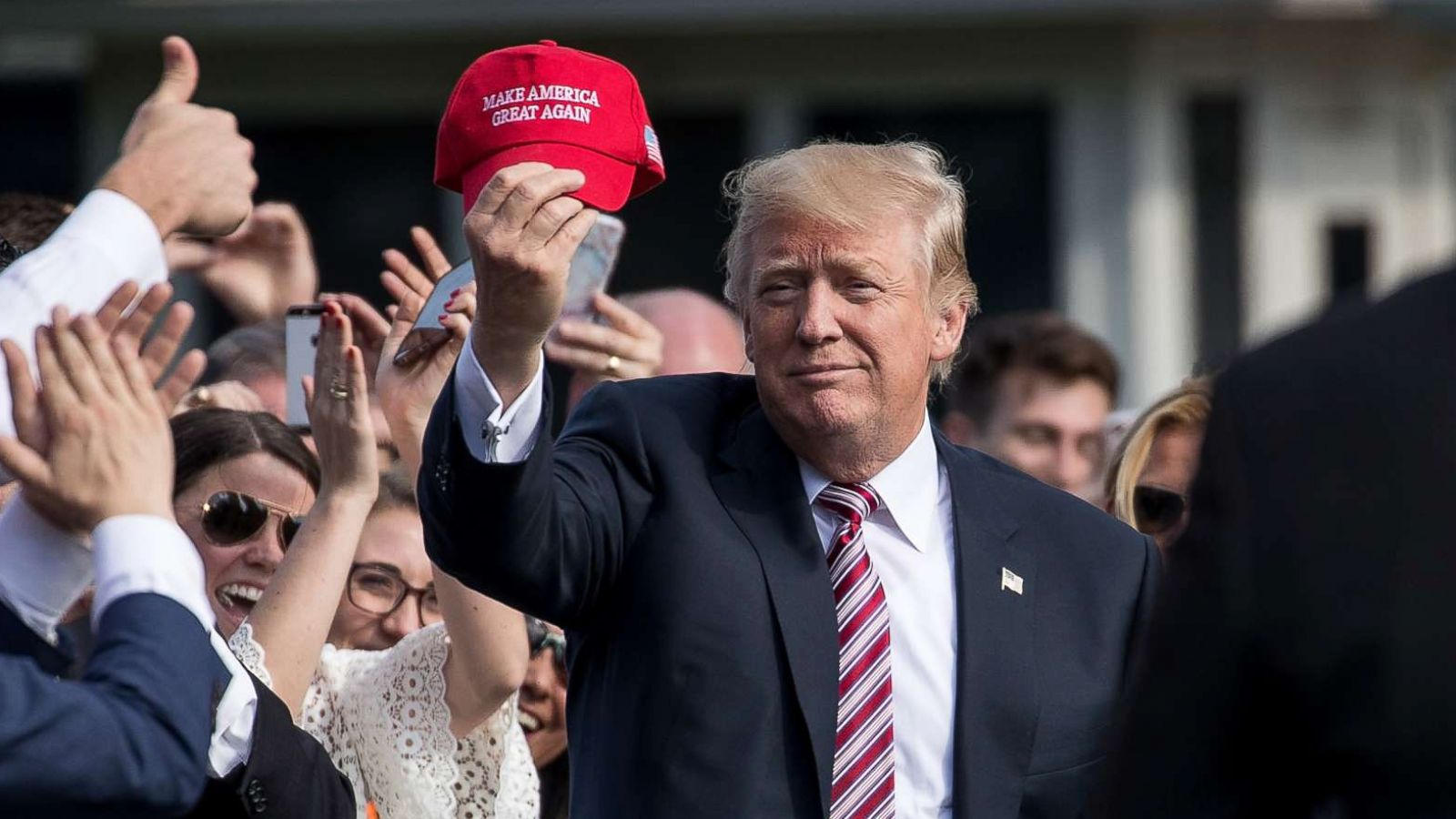The Not-So-Mysterious Solution to
Wage Stagnation
 |
| Trump showing off one of his Made-in-China MAGA caps to a crowd of suckers |
As with many of his other economic policies, Trump claimed that the move was designed to benefit U.S. workers, a few of whom were brought to the White House with their hardhats to serve as props when the measure was first announced.
Now months have passed, and
steelworkers are still waiting for the payoff. As one of them recently told the Washington Post,
“It’s been a little like watching the air going out of a balloon.”
When it comes to steel company profits, the party is still in full swing as the industry reaps the benefits of soaring prices.
When it comes to steel company profits, the party is still in full swing as the industry reaps the benefits of soaring prices.
Yet the producers are resisting
sharing the wealth with their workers.
In fact, the big companies took such a hard line in their contract negotiations with the United Steelworkers that union members authorized strikes against United States Steel and ArcelorMittal. If a walkout were to occur, it would interrupt the labor peace that has prevailed in the industry for several decades.
In fact, the big companies took such a hard line in their contract negotiations with the United Steelworkers that union members authorized strikes against United States Steel and ArcelorMittal. If a walkout were to occur, it would interrupt the labor peace that has prevailed in the industry for several decades.
It has been widely reported that Trump’s tariffs may be harming more workers than they are helping, as industries dependent on the affected imports lay people off or otherwise squeeze employees to deal with the increased costs.
The situation in steel shows that even in the favored industries workers do not necessarily benefit when their employers experience a windfall. They have to fight for their share.
The same principle applies in
sectors not directly affected by tariffs. Take Amazon, which has been basking
in praise after setting a $15 an hour minimum wage for its growing workforce.
This was not a case of corporate generosity.
The company, headed by the
ridiculously wealthy Jeff Bezos, has been under increasing pressure over poor
working conditions at its distribution centers. Amazon had replaced Walmart as
the prime exemplar of the abusive employer.
Sen. Bernie Sanders recently introduced legislation called the Stop Bezos Act to penalize large companies whose low-wage workers had to depend on government safety net programs.
This, plus the Fight for $15 campaign and the community groups organizing around the company’s plans to build a massive second headquarters complex in a yet-to-be-chosen city, compelled Amazon to start to move away from the low road.
Sen. Bernie Sanders recently introduced legislation called the Stop Bezos Act to penalize large companies whose low-wage workers had to depend on government safety net programs.
This, plus the Fight for $15 campaign and the community groups organizing around the company’s plans to build a massive second headquarters complex in a yet-to-be-chosen city, compelled Amazon to start to move away from the low road.
In a recent interview with the PBS
Newshour, Fed chairman Jerome Powell was the latest economic analyst to call it a mystery that wages are not
rising more in a tight labor market. Decades ago, when pay levels were rising
rapidly, mainstream economists did not hesitate to cite unions as a key
cause—and in fact blamed organized labor for being too aggressive.
Yet these same economists cannot
bring themselves to acknowledge that the weakening of unions, brought about by
employer animus and government restrictions, is now a major reason for wage
stagnation.
The good news is that collective
action, both through unions and other labor organizations, seems to be making a
comeback. That—and not the bogus labor-friendly trade and regulatory policies
of the Trump Administration—will be what restores the living standards of the
U.S. workforce.